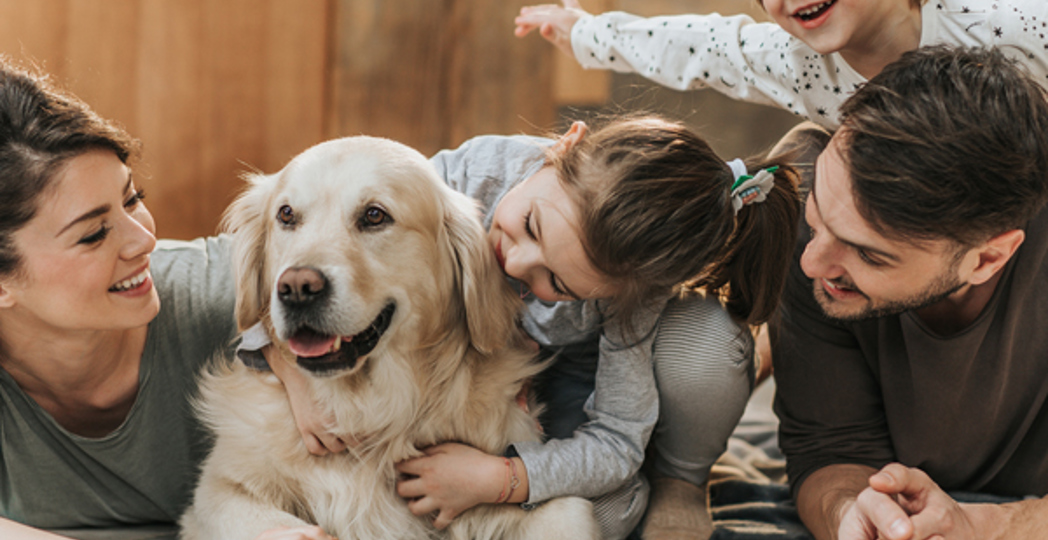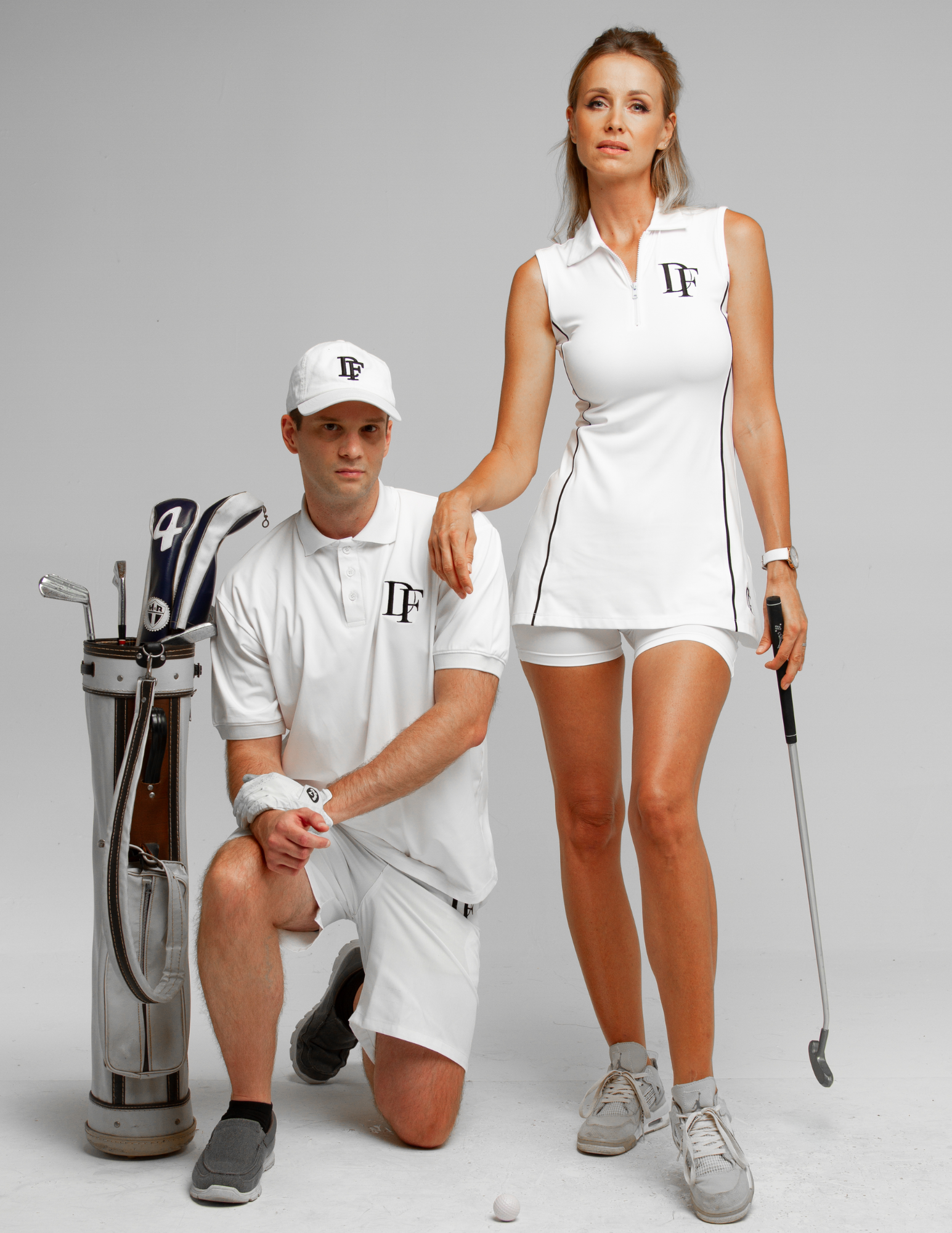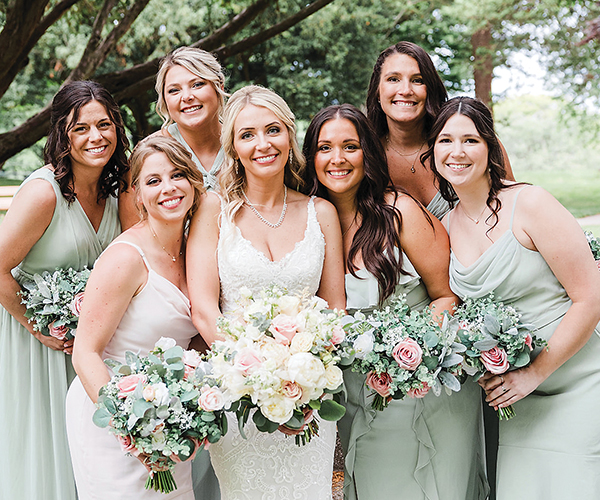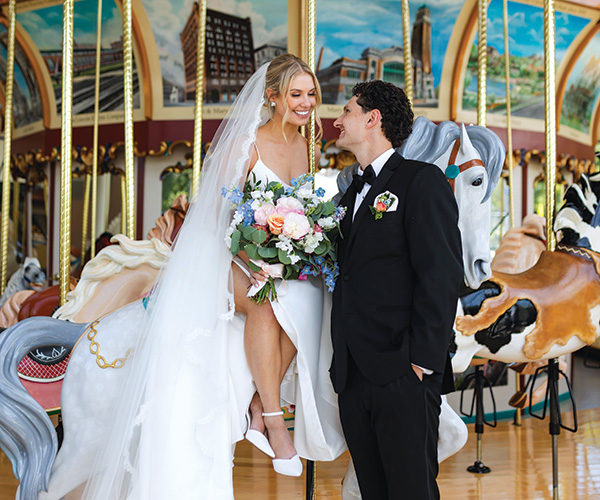5 Tips To Get Your Home Ready For A New Pet
by Gershon Harrell | Aug. 21, 2019 | 12:00 PM

Whether you’ve been planning for a pet or you gave in to those puppy dog eyes spontaneously, prepping your home can be tricky. Sharon Harvey, CEO of the Cleveland Animal Protective League and John Thompson, co-founder of Through the Leash training services, give us five major tips you need to avoid accidents with new pets. “The world is big and confusing for us, so you can only imagine how it is for [pets,]” says Thompson. “It’s important that we are able to communicate the boundaries and expectations so they fit well into their new home.”
Create a space. Just like we need space of our own, so do most pets. For a rabbit, you might want a big, open enclosure. Consider clearing a windowsill for a cat or providing an elevated cot for dogs. “Give them the private space,” Thompson says. “They should always have that option.”
Secure your home. You don’t want your pet getting outside without a leash. Harvey suggests a pet gate for any doors or entryways to outside, a crate big enough for the animal to stand, stretch or lay down for when you are away or a fence so your animal can play outside without a leash. “You can’t always be with them to supervise every second,” Harvey says. “But you don’t want them to be able to get out and run away or possibly get hurt.”
Train your pet. Communication and simple goals are what Thompson recommends for training. If you get a dog that chews your shoes, Thompson suggests showing them what they did wrong, giving them a firm “No,” and then replacing the shoes with something they can chew on such as a bully stick or chew toy. A cat that scratches furniture might just need a scratching post with catnip sprayed on it. “We can’t expect pets to know what we’re thinking,” says Thompson. “The things we consider the most basic, they don’t understand, so we have to be patient and make sure you stick to a process until they learn it.”
Research your plants. Take a look at the plants you have in your home. Some common household plants such as chrysanthemum and aloe are toxic to dogs and cats. “People would want to do some research so they’re not unintentionally exposing their pets,” Harvey says. “You want to keep them out of reach or out of areas where [the pet] will be left alone.”
Keep them off of furniture. When your pet isn’t in their personal space, they’ll probably want to hang out with you. But if you don’t want your pets on your furniture, try getting a designated chair just for them — something you can put a slip on and don’t mind if it gets hairy. “Make it a comfortable spot,” says Thompson. “Just like you want a nice place to relax, so does your pet.” Or try a spray, such as Keep Off, that has scents that repel animals but go unnoticed to humans.
Trending
-
1
-
2
-
3
-
4
-
5










